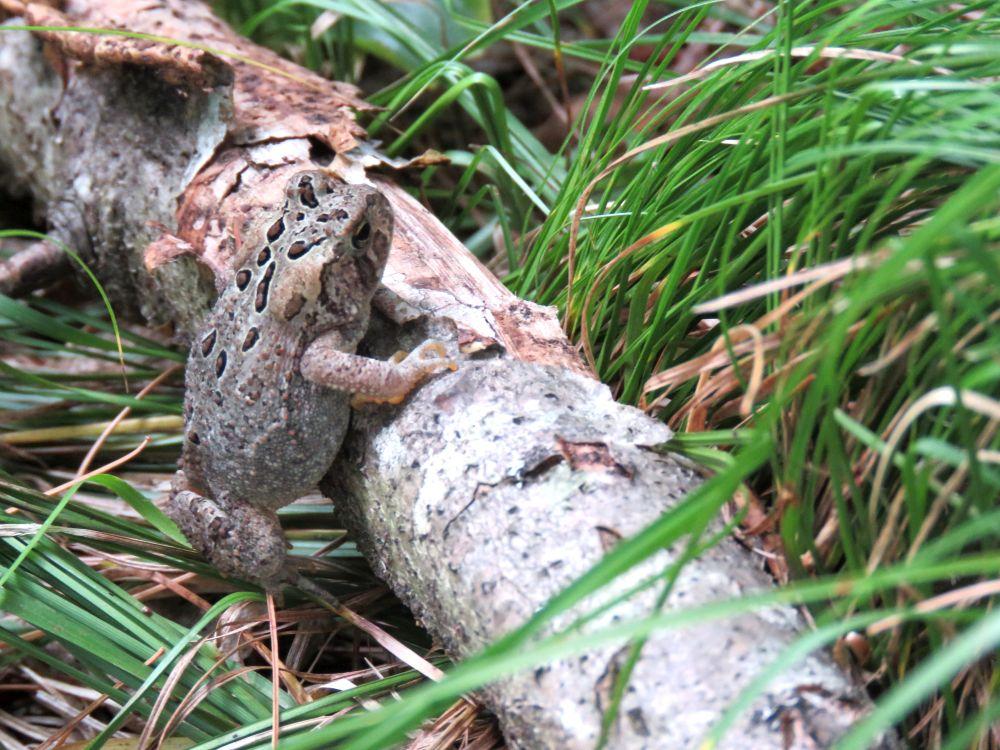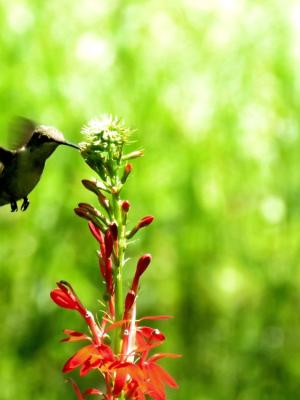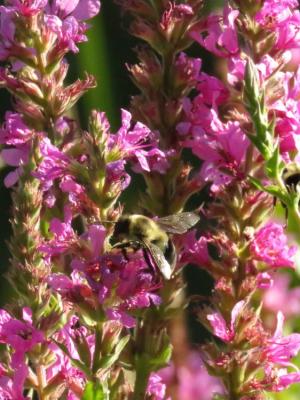What is up with all the toads this summer?
- Tags:
- Wildlife

Summer 2022 features a bumper crop of American Toads. (Photo: Ellen Kenny)
Concord teacher, naturalist, and photographer Ellen Kenny recently wrote to the Forest Society with an important question:
What is the story with all of the toads? Is it similar to the (2018) squirrel phenomenon?
She continued:
"Last night was a toad spectacular. I had the dogs down to the oxbow for a swim, and my arms were just about yanked off pulling them away from the toads (of all sizes) that were jumping across the path. Large ones sitting mid-path, thinking their toad thoughts, and little ones hopping about the edges. I would stamp my feet to get them moving—sometimes they did, sometimes they didn’t.
My old dog ignored them, but the adolescent dog was demented by all of that hopping. I ran into a young couple I see down there pretty frequently, and they said, (exactly as I have said to you)
'What is the story with all of these toads? We have never seen so many toads in our lives!'
They were all along the river path but also on the path through the pine grove. You had to be careful not to step on them!"
A clue may be that there are multiple sizes/age classes which indicates several years of breeding season success and not all young-of-this-year.
A TOAD MYSTERY! What do you think? Have you seen a lot of toads this summer too?
In other Merrimack River floodplain wildlife news, the hummingbirds migration is underway with males leaving first to be followed later by females and this year's class of fledglings.

The low water levels in the marsh this summer have become a wide colorful meadow of purple loosestrife. While considered an invasive exotic wetland plant species, the bumblebees feed on the nectar in the second photo.

